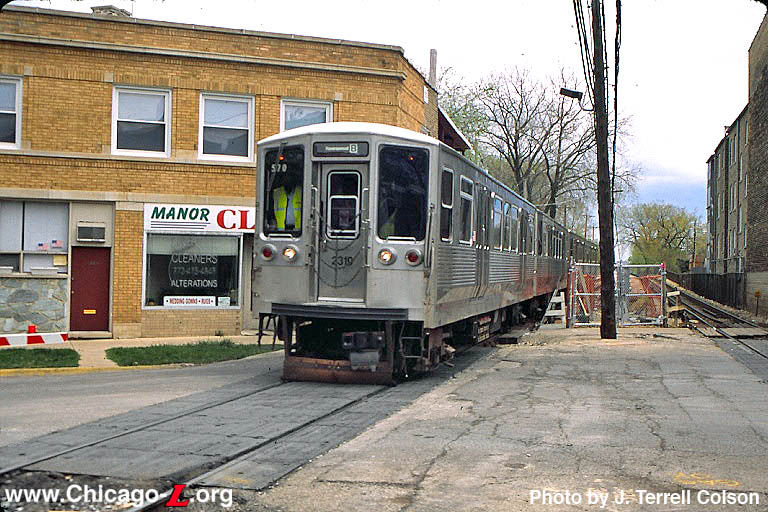denfromoakvillemilton
Senior Member
Member Bio
- Joined
- Apr 30, 2008
- Messages
- 7,452
- Reaction score
- 1,514
- Location
- Downtown Toronto, Ontario
Not shocked at all and no wonder nothing gets done. The EA to me is about "how can we compensate this whiny group here?"Right.
Part of my job is to provide analysis for government projects. What happens usually is, the politicians don't give a rat a$$ about what your result is. They already have an agenda, and if your report doesn't support their idea, go back and work on your numbers until it does!
Only naive people believe the EA is really about protecting the environment. The EA always supports they they are told to support. Do the EA consults/expert care more about some birds or fish or quality of water than $$$$ projects handed by the government? We taxpayers end up paying the extremely costly research/study/probe/consulting/reviews fees which do no good to anyone whatsoever.
We need to meet up sometime man, i'd like to hear more about this...
Last edited:





